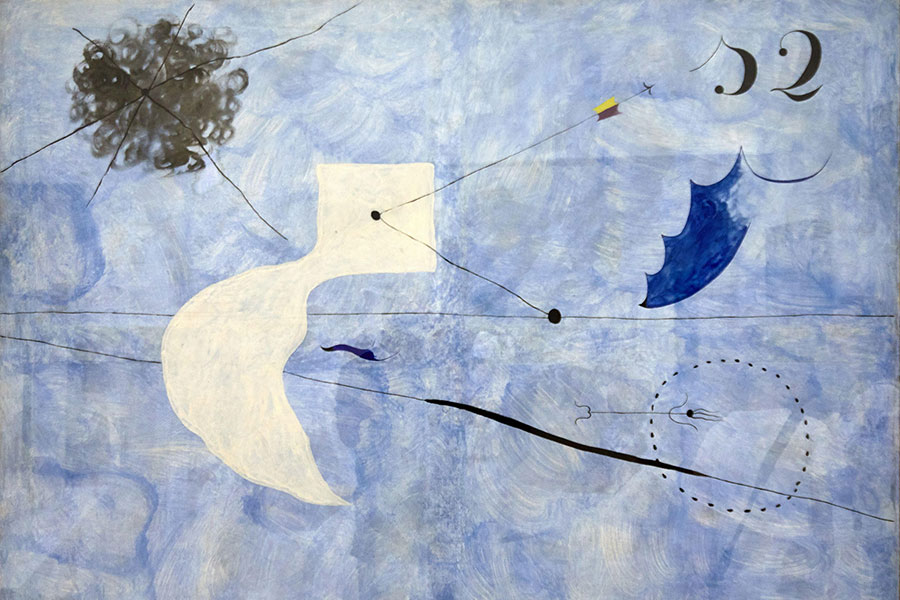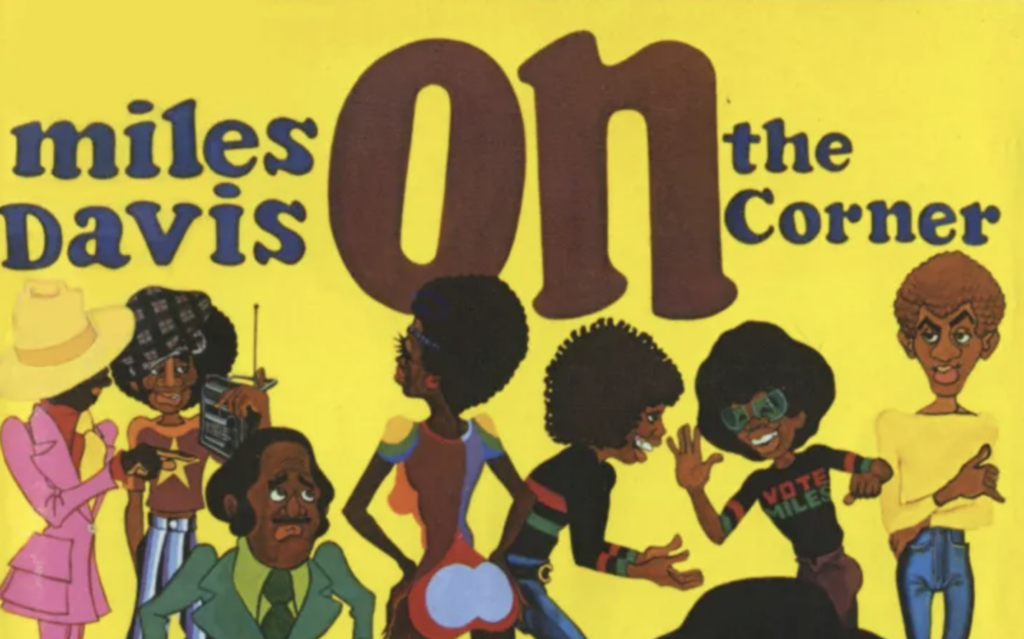Amy Sherman-Palladino's toile: A Hilarious Ballet Spoof Debuts on Prime Video

Amy Sherman-Palladino, known for her sharp wit and unique storytelling, has once again captured the cultural zeitgeist with her latest series, toile. This lighthearted yet insightful comedy serves as a playful spoof on the world of ballet dancers, debuting on Prime Video on April 24. The eight-episode series revolves around an intricately choreographed public relations stunt, where rival ballet companies from New York City and Paris exchange their leading dancers in a bid to attract a younger audience to the ballet.
The show introduces viewers to Genevive Lavigne, the artistic director from Paris, portrayed by the talented Charlotte Gainsbourg. Faced with the aftermath of the COVID-19 pandemic, which saw many dancers leave the industry, Lavigne becomes desperate to revitalize what she perceives as a dead and dying audience for ballet. Her ambitious plan aims to inject fresh energy into the art form and combat dwindling funding streams.
Meanwhile, the Metropolitan Ballet Theater in New York Citya fictional counterpart to the esteemed American Ballet Theatre, which performs at the prestigious Lincoln Centergrapples with its own challenges. Throughout the series, viewers are treated to glimpses of the New York campus, providing a rich backdrop that contrasts with the Parisian scenes.
While toile is a work of fiction, it finds inspiration in a real historical ballet exchange that occurred during the late 1950s and early 1960s, amidst the tension of the Cold War. This exchange saw American and Soviet ballet companies swap dancers, aiming to foster goodwill and cultural understanding. As Anne Searcy, a music history professor at the University of Washington and author of Ballet in the Cold War: A Soviet-American Exchange, explains, both nations believed this cultural diplomacy could help ease political tensions.
Soviet leader Nikita Khrushchev, who was more inclined towards diplomacy than his predecessor Joseph Stalin, recognized ballet as an essential component of Russian cultural heritage. This art form became a vehicle for promoting a favorable image of the Soviet lifestyle to Western audiences. In response, the U.S. sought to showcase their own ballet talent in a similar manner. Not all Soviet dancers made the trip to America; out of 250 potential performers, only 110 were selected. Conversely, 53 dancers from the American Ballet Theatre ventured to the Soviet Union, including the renowned ballerina Maria Tallchief, who humorously recalled the frigid temperatures on stage.
The performances during this exchange garnered enthusiastic responses from audiences on both sides. The Bolshoi Ballet's 1959 tour in the U.S. ignited a fervor, with high ticket prices and a frenzy for seats that was described as the fiercest ticket crush in recent memory. People resorted to mailing blank checks to secure tickets, reflecting the intense interest in the performances. The excitement continued even during the Cuban Missile Crisis, as audiences applauded the dancers, demonstrating a shared appreciation for the arts despite the looming threat of nuclear conflict.
However, not every performance was met with acclaim. The Soviet adaptation of Spartacus was notably panned, with audience members voicing their discontent. TIME magazine painted a vivid picture of the tumultuous atmosphere during one particular intermission: A man badly in need of a breather approached an attendant... When will the next orgy begin? This blend of cultural exchange and criticism illustrates the complexities surrounding the art form during a politically charged era.
While the ballet exchange did not resolve the Cold Warit persisted until 1989it allowed Americans and Soviets to visualize each other as more than just ideological adversaries. As Searcy notes, this cultural interaction fostered a shared humanity, breaking down barriers and promoting empathy through the universal language of art.
In contrast, the ballet swap depicted in toile is driven more by the whims of a donor embroiled in a public relations crisis due to an oil spill, rather than any governmental initiative. This premise offers a satirical commentary on the often tumultuous relationship between artistic directors and their financial backers. The characters experience humorous culture shock, with American dancer Tobias Bell (played by Gideon Glick) comically struggling to adjust to the new environment, while others find unexpected personal growth through the exchange.
One Parisian dancer, Mishi (Tas Vinolo), discovers her true self in New York, contrasted against the cliquish dynamics of her upbringing in Paris. Meanwhile, prima ballerina Cheyenne Toussaint (Lou de Lage) takes a young aspiring dancer under her winga poignant moment that underscores the spirit of mentorship and community.
As the series progresses, the success of the ballet exchange remains ambiguous, unlike the historical counterpart, which was met with wide acclaim. However, by the end of the season, the swap is viewed as a successalbeit through unexpected circumstances. The lingering question remains: will this Amazon series generate renewed interest in the ballet world beyond the screen?


























